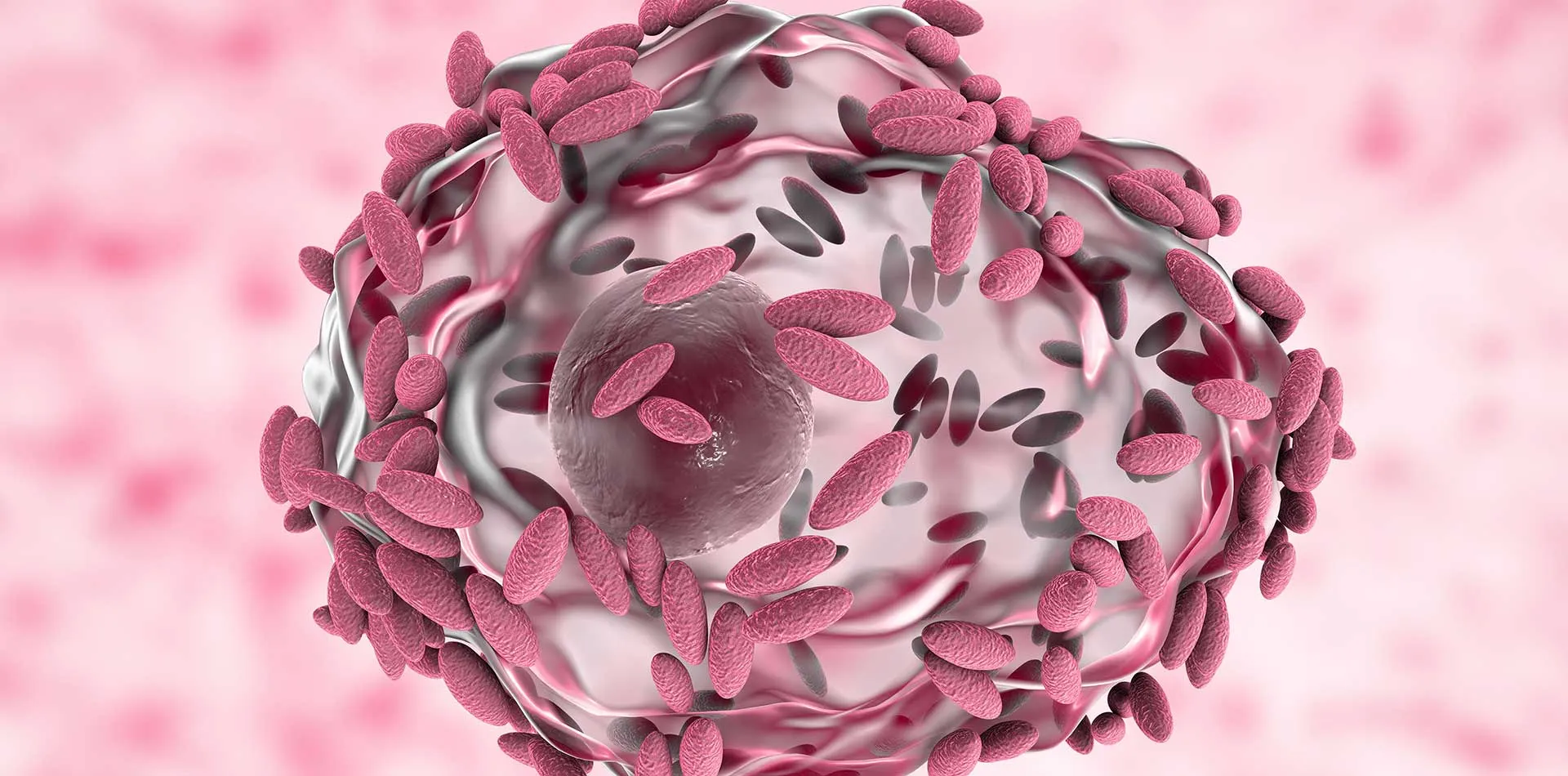
Bacterial vaginosis infection occurs when excess bacteria, naturally found in the vagina, upsets the natural balance. Women in their reproductive years have an increased risk of bacterial vaginosis, but the condition may occur at any age. The cause remains unknown, but activities like unprotected sex or frequent douching may raise the risk.
The signs of this condition are thin, gray, white or green vaginal discharge, vaginal itching, burning during urination and foul-smelling "fishy" vaginal odor. Sometimes women with bacterial vaginosis may have no signs.
Talk to your doctor when:
• Vaginal discharge is there with an odor or fever to identify the problem.
• Vaginal infection's color and consistency of the discharge seem different than previous occurrences.
• There are multiple sex partners or a new partner.
• Self-treatment for yeast infection using an over-the-counter treatment doesn't work, and symptoms continue.
The condition results from excessive growth of one of several bacteria naturally found in the vagina. Good bacteria are typically more than harmful bad bacteria, but when bad bacteria rise, they overpower the natural level of microorganisms in the vagina, causing bacterial vaginosis.
• The disease happens more often to women who have multiple sex partners or a new sex partner.
• Those who rinse out their vagina with water or a cleansing agent (douching) may upset the natural balance of the vagina, leading to an overgrowth of bad bacteria that causes bacterial vaginosis. Since the vagina is self-cleaning, douching isn't necessary.
• When the natural vaginal environment doesn't produce enough good bacteria, it risks developing bacterial vaginosis.
Bacterial vaginosis is generally not a cause of concern, but sometimes it may lead to:
• Premature deliveries and low birth weight babies in pregnant women
• Women being more susceptible to sexually transmitted infections, like HIV, herpes simplex virus, chlamydia or gonorrhea
• Higher risk of developing a post-surgical infection after procedures like hysterectomy or dilation and curettage (D&C)
• Pelvic inflammatory disease (PID), a condition of the uterus and the fallopian tubes that may raise the risk of infertility
Preventative steps are to:
• Limit vaginal irritation with the use of mild, nondeodorant soaps and unscented tampons or pads.
• Don't douche as the vagina doesn't need cleansing other than regular bathing. Frequent douching can disrupt the vaginal balance and raise the risk of vaginal infection.
• Avoid sexually transmitted germs by limiting the number of sex partners or refraining from intercourse to lessen the risk of a sexually transmitted infection.
Patient Experience